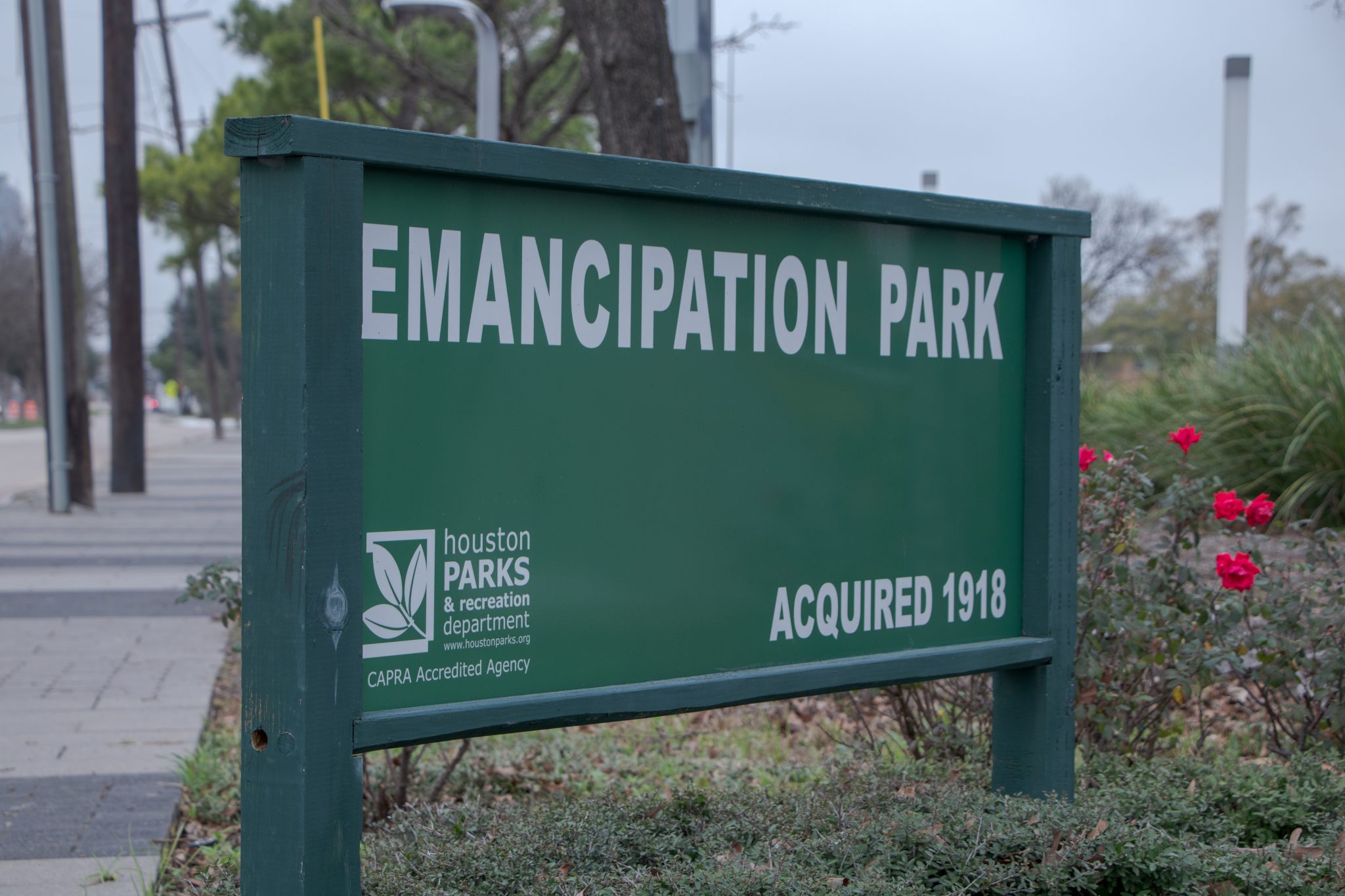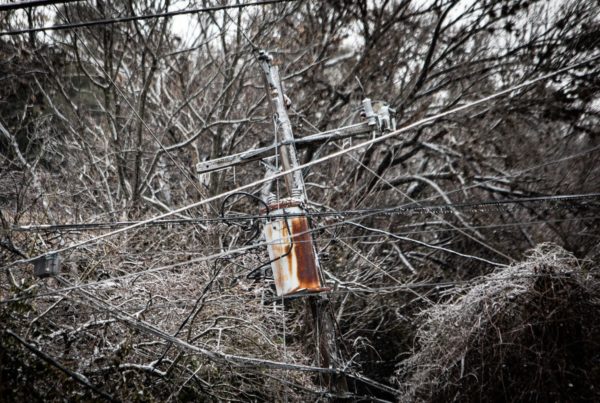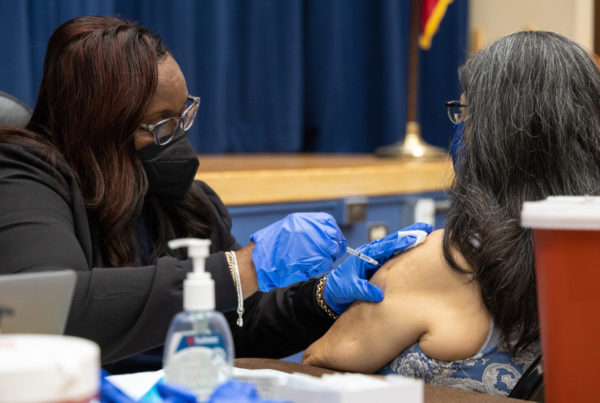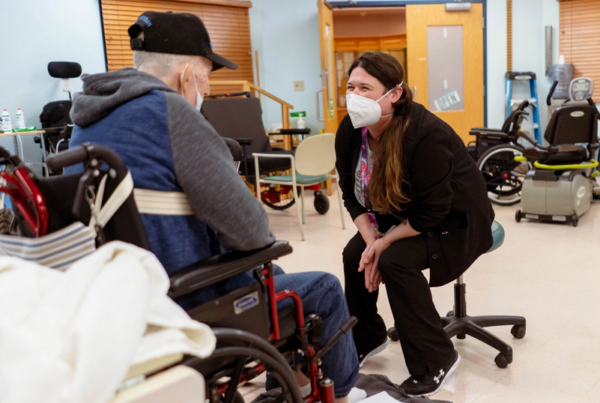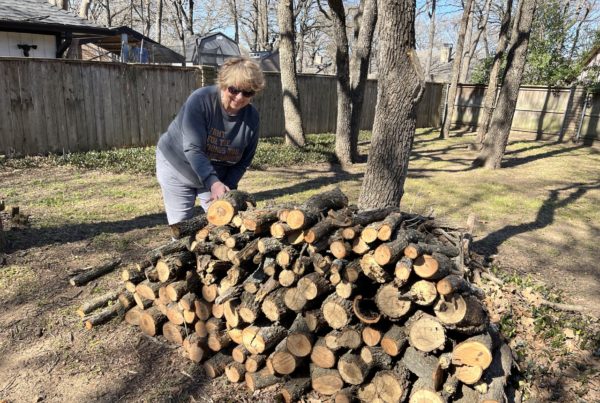Texans are familiar with Juneteenth – the day commemorating the emancipation of slaves in Galveston, Texas, some two years after the Emancipation Proclamation was signed. But what’s less widely known is the journey that came after emancipation: the migration of freed slaves from Galveston to Houston on what became known as the Emancipation Trail.
Now, the National Park Service is studying that route to potentially designate it as a National Historic Trail. The study is currently in comment period until the end of March, and the study is based in large part on the efforts and research of Naomi Mitchell Carrier, CEO of the Texas Center for African American Living History.
Listen to Texas Standard’s interview with Carrier in the audio player above or read the transcript below to learn more about what it took for Carrier to get more recognition for the Emancipation Trail, and what could become of it if Congress grants it National Historic Trail status.
This interview has been lightly edited for clarity.
Texas Standard: Before we get into the specifics of the trail, tell us a little bit more about your organization.
Naomi Mitchell Carrier: The Texas Center for African American Living History documents, interprets and preserves African American history from the African American perspective of a woman and that of a woman.
I have become a principal investigator of all of this history that determines, what did we do when we were emancipated. But most of my work, such as that that’s in my book “Go Down, Old Hannah,” is the living history of African American Texans that was left out of textbooks. And I’ve written five historic plays that were reenactments at the sites that they were written for, like Texas Parks and Wildlife, Sam Houston [Memorial] Museum, Brazoria County. So we reenact African American Texas history.
Could you tell us a bit about the story of the Emancipation Trail? Obviously, it’s quite a long saga, but give us a glimpse about why is it so historically significant.
We’re talking about a trail route that was established by historic use, and it must be historically significant as a result of that use. It’s all of the facts that we can locate such as trade, commerce, exploration, migration and settlement that contributed to the emancipation and freedom of African American slaves.
How did you go about figuring out the path that it followed?
That was a little challenging, but what we found was that there were several ways in which these people immigrated from Galveston. There was the railroad, then there was the land route and there were water routes. We are estimating that many of them crossed the bay on the railroad. They would have known what the schedule of the railroad was. And then the railroad is parallel to Highway 3, which was the highway from Galveston to Houston before we had Interstate 45. And then there were also trail routes that they followed – the waterways, the rivers, the places that there had been some settlement prior to emancipation. So they used all these routes to travel.
But what we have to remember is that emigration out of Galveston into Houston was dangerous. The enslaved people, once they were emancipated, were encouraged to stay put, not to leave where they were. We’re talking about approximately 300,000 people in Texas, and they were encouraged to remain enslaved because that’s a tremendous workforce. So it was through all three of those routes – land, water and railroad – that these people left Galveston coming into the Houston area, settling in Freedmen’s Town, and many of them settling in Independence Heights and in and around Emancipation Park.
The legislation we should mention to study this trail for potential designation was really based, primarily, on your research. What drew you to this project in the first place?
Our congresswoman, Sheila Jackson Lee, asked me to do some research on the number of historic sites between Galveston and Houston. And so my research first took me to Birmingham, rent a car, drive from Selma to Montgomery and studied the Selma-to-Montgomery Trail.
Their trail led to the Voting Rights Act, but our trail comes after a piece of legislation, or emancipation – the Emancipation Proclamation. There were 40 sites that already had historical markers between Galveston’s Reedy Chapel and Freedmen’s Town. And so that that became the basis of the legislation that our congressman wrote.
Can you actually follow this trail today?
Two years ago, we had an emancipation bike ride and people rode their bikes from Pier 21 in Galveston to Houston’s Emancipation Park. So yes, you can do it today. We’re talking about a little over 51 miles, maybe about 60 miles, depending on what detours you want to take. But yes, you can still travel that today.
Why do you feel it’s so important for this trail to be federally recognized?
Texas is not considered as a slave state, even though it was the seventh state to secede from the Union. We think of Texas as the beginning of the Wild West or the American West. We think of it as cowboys and hats, and we do not think of Texas as a slave state, but it was a slave state. In fact, it was the largest of the slave states.
This is the home of King Cotton and the Texas Sugar Bowl. And so this Emancipation Trail allows us an opportunity to interpret the importance of African peoples, that they contributed to the economy of the people in power. And those stories, many of them have not been told. And so this is what this study is going to allow us to do. Who are the families that came? Who are the families that were able to reconnect? Were there families that came exactly from Galveston into Houston?
And more importantly, the crux of the slavery empire was in Brazoria County and Fort Bend. So there were people who were coming from Brazoria, Fort Bend, all over the Brazos River Valley into Houston and settling at Freedmen’s Town, and then once that district spilled over into the Third Ward and Independence Heights.
We want to tell those stories and we want to document those stories. We want to tell the importance of Africans to the economy of Texas, which, at the beginning of the Civil War, cotton was 70% of America’s gross domestic product.
Do you have a timeline for this study?
The study should be complete in the fall of 2023, and then whatever they learn about this, this process will be in a report to the Congress, and then the Congress will have to act on that with a management plan. And then that’s when they really get down to the nuts and bolts of what sites are going to be along the way for recreation and for people to stop and learn the history of those particular sites.


